- My Account
- Place a Reorder
- Logout
Home » Ostomy
Showing 1–16 of 46 results
-
Sale!
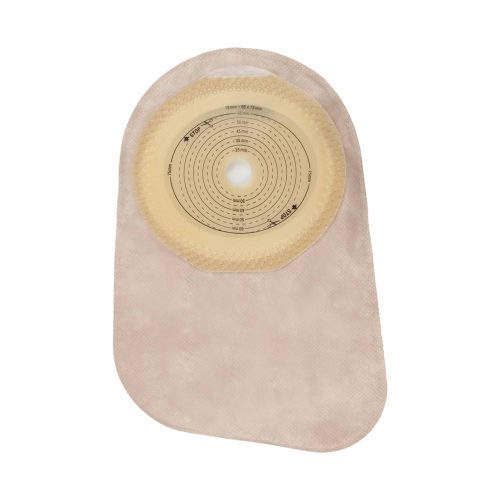 Hollister
HollisterPremier One-Piece Closed Pouch with Oval SoftFlex Skin Barrier
SoftFlex Standard Wear Skin Barrier, Flat, Cut-to-Fit, No Tape Border, Integrated AF300 FilterStarting at: $90.79 Select options This product has multiple variants. The options may be chosen on the product page -
Sale!
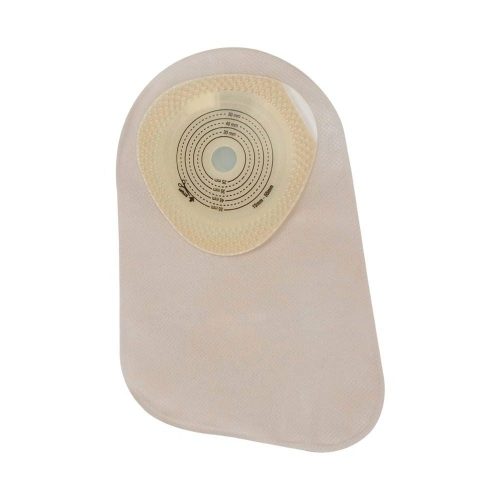 Hollister
HollisterPremier MAXI One-Piece Closed Pouch with SoftFlex Skin Barrier
SoftFlex Standard Wear Skin Barrier,, Flat, Cut-to-Fit, No Tape Border, Integrated AF300 FilterStarting at: $90.79 Select options This product has multiple variants. The options may be chosen on the product page -
Sale!
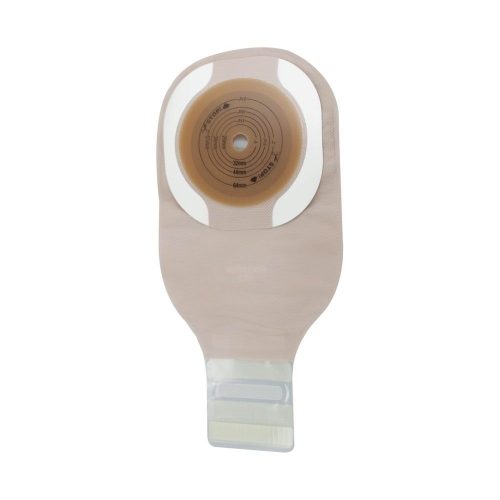 Hollister
HollisterPremier Flat Cut-To-Fit One-Piece Drainable Pouch with Filter and Microseal Closure & Flextend Skin Barrier
Flextend Extended Wear Skin Barrier, Flat, Cut-to-Fit, Tape Border, Integrated AF300 Filter, VelcroStarting at: $54.99 Select options This product has multiple variants. The options may be chosen on the product page -
Sale!
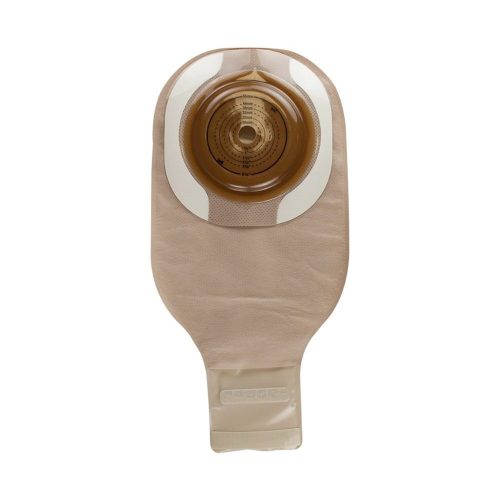 Hollister
HollisterPremier Soft Convex Cut-To-Fit One-Piece Drainable Pouch with Filter and Microseal Closure & Flextend Skin Barrier
Flextend Extended Skin Barrier, Soft Convex, Cut-to-Fit, Tape Border, Integrated AF300 Filter, VelcroStarting at: $55.99 Select options This product has multiple variants. The options may be chosen on the product page -
Sale!
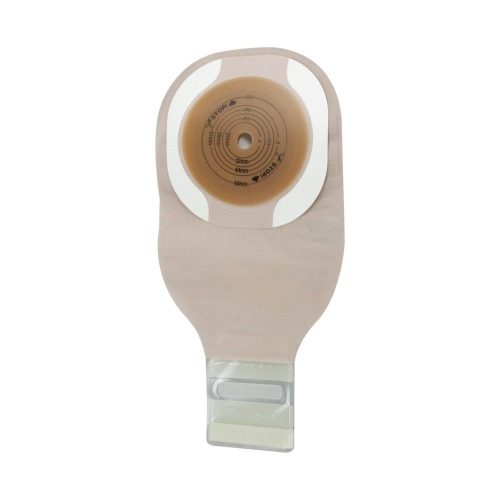 Hollister
HollisterPremier Flat Cut-To-Fit One-Piece Drainable Pouch with Microseal Closure & Flextend Skin Barrier
Flextend Extended Wear Skin Barrier, Flat, Cut-to-Fit, Tape Border, No Filter, VelcroStarting at: $50.99 Select options This product has multiple variants. The options may be chosen on the product page -
Sale!
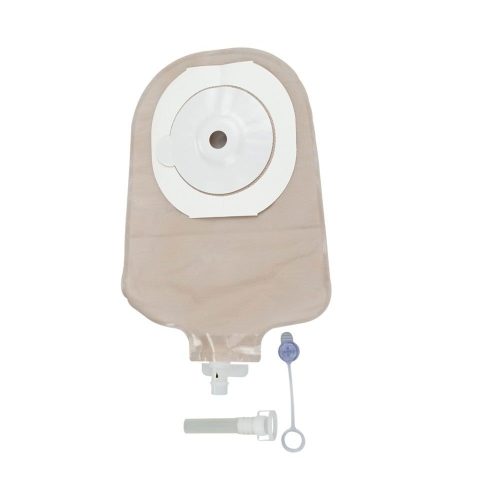 Hollister
HollisterPremier One-Piece Urostomy Pouch with Convex Pre-Cut Flextend Skin Barrier
Flextend Extended Wear Barrier, Convex, Pre-Cut, Tape Border, No Filter, UrostomyStarting at: $49.89 Select options This product has multiple variants. The options may be chosen on the product page -
Sale!
 Hollister
HollisterPremier Flat Cut-To-Fit One-Piece Urostomy Pouch with Flextend Skin Barrier – Upgraded Design
Flextend Extended Wear Barrier, Flat, Cut-to-Fit, Tape Border, No Filter, Urostomy, Upgraded DesignStarting at: $73.69 Select options This product has multiple variants. The options may be chosen on the product page -
Sale!
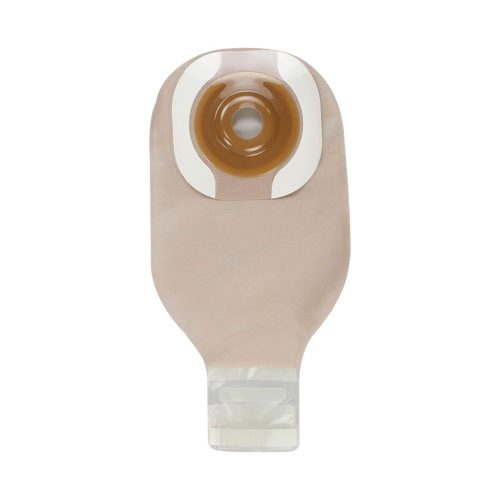 Hollister
HollisterPremier One-Piece Drainable Pouch Pre-Cut with Convex Flextend Skin Barrier & Microseal Closure – Upgraded Design
Flextend Extended Skin Barrier, Convex, Pre-Cut, Tape Border, No Filter, Velcro, Upgraded DesignStarting at: $51.99 Select options This product has multiple variants. The options may be chosen on the product page -
Sale!
 Hollister
HollisterHollister One-Piece High Output Drainable Pouch Soft Convex Flextend Barrier with Filter
Soft Convex, Cut-to-Fit, No Tape Border, FilterStarting at: $43.99 Select options This product has multiple variants. The options may be chosen on the product page -
Sale!
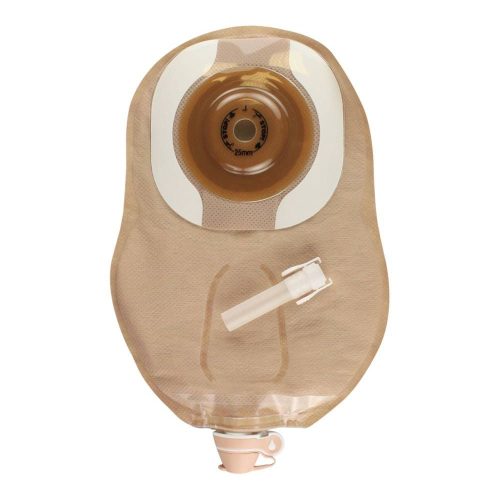 Hollister
HollisterPremier Convex Cut-To-Fit One-Piece Urostomy Pouch with Flextend Skin Barrier – Upgraded Design
Flextend Extended Wear Barrier, Convex, Cut-to-Fit, Tape Border, No Filter, Urostomy, Upgraded DesignStarting at: $49.29 Select options This product has multiple variants. The options may be chosen on the product page -
Sale!
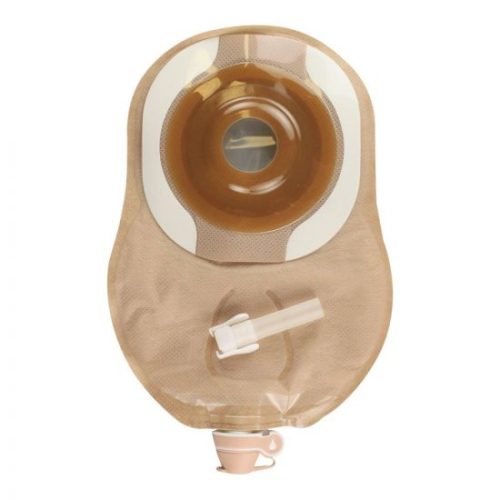 Hollister
HollisterPremier Convex Pre-Sized One-Piece Urostomy Pouch with Flextend Skin Barrier – Upgraded Design
Flextend Extended Wear Barrier, Convex, Pre-Cut, Tape Border, No Filter, Urostomy, Upgraded DesignStarting at: $49.79 Select options This product has multiple variants. The options may be chosen on the product page -
Sale!
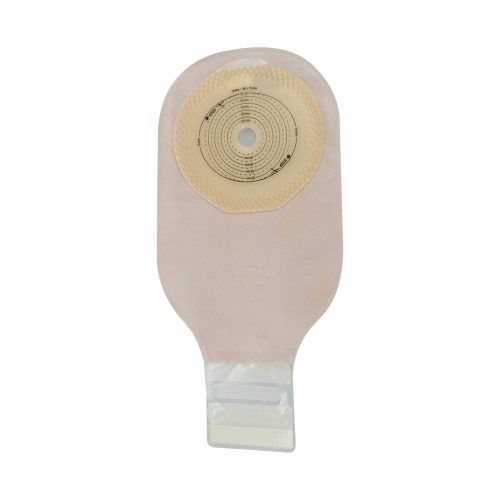 Hollister
HollisterPremier One-Piece Drainable Pouch with Oval SoftFlex Skin Barrier & Microseal Closure
SoftFlex Standard Wear Skin Barrier, Flat, Cut-to-Fit, No Tape Border, Integrated AF300 Filter, VelcroStarting at: $53.59 Select options This product has multiple variants. The options may be chosen on the product page -
Sale!
 Hollister
HollisterPremier Flat Cut-To-Fit One-Piece MAXI Drainable Pouch with Flextend Skin Barrier
Flextend Extended Wear Skin Barrier, Flat, Cut-to-Fit, Tape Border, No Filter, ClampStarting at: $50.99 Select options This product has multiple variants. The options may be chosen on the product page -
Sale!
 Hollister
HollisterPremier Soft Convex Pre-Sized One-Piece Drainable Pouch with Filter and Microseal Closure & Flextend Skin Barrier
Flextend Extended Wear Skin Barrier, Soft Convex, Pre-Cut, Tape Border, Integrated AF300 Filter, VelcroStarting at: $57.39 Select options This product has multiple variants. The options may be chosen on the product page -
Sale!
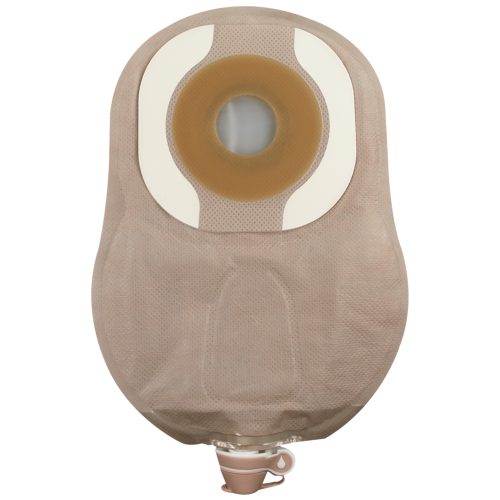 Hollister
HollisterPremier One-Piece Urostomy Pouch with Flat Flextend Skin Barrier – Upgraded Design
Flextend Extended Wear Barrier, Flat, Pre-Cut, Tape Border, No Filter, Urostomy, Upgraded DesignStarting at: $74.99 Select options This product has multiple variants. The options may be chosen on the product page -
Sale!
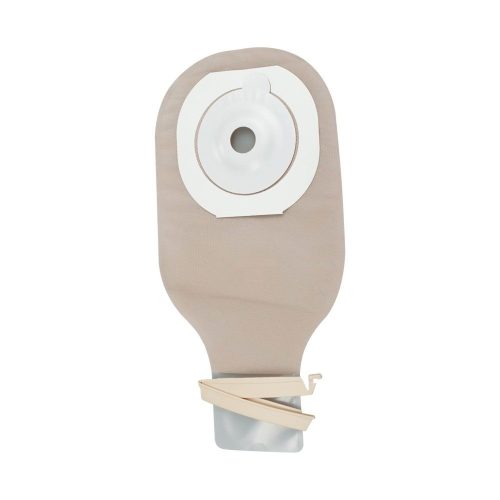 Hollister
HollisterPremier Convex Pre-Sized One-Piece Drainable Pouch with Flextend Skin Barrier
Flextend Extended Wear Skin Barrier, Convex, Pre-Cut, Tape Border, No Filter, ClampStarting at: $50.79 Select options This product has multiple variants. The options may be chosen on the product page
Ostomy Supplies
After you’ve undergone a procedure to have a stoma created, you’re recommended to use an ostomy system. This system consists of a pouch, a barrier plate or wafer, and supplies used to secure it to and around the stoma.
Ostomy Pouches
Ostomy pouches take a number of forms. In general, pouches are drainable, equipped with an open end requiring a clamp or clip to close, or they feature a closed design, which is fully sealed at the bottom and will be discarded during emptying.
Beyond these general differences, ostomy pouches use a one- or two-piece design. One-piece pouches structure the pouch and barrier together, requiring the full system to be detached during changes. Two-piece systems separate these components into a pouch that secures often with a snapping mechanism into the flange.
As well, barriers are shaped to offer a more secure fit around the stoma. Flat accommodates most patients, while convex is ideal for stomas requiring additional support. As well, explore barriers varying in flexibility to find what works for you, pre-cut and cut-to-fit solutions, and options with and without adhesive backing.
Barrier Sprays and Wipes
Regular ostomy use, as well as exposure to bodily fluids, has potential to irritate the peristomal region, resulting in broken, weeping, eroded or otherwise damaged skin. Beyond discomfort, these changes can affect the barrier’s security. Barrier sprays and wipes create a protective film that lessens irritation, allows the skin to heal and helps the wafer remain in place.
Ostomy Paste
A secure fit can depend on how well the barrier plate aligns with the peristomal skin. Assistance may be needed, with ostomy paste helping fill in folds and cracks to create a flatter surface for the barrier.
Ostomy Rings, Seals and Tape
Ostomy rings, seals and tapes provide a range of solution for helping the barrier stay in place, preventing leaks and detachment in the process. Solutions can be stretched or molded to create an even surface for the barrier plate.
Ostomy Deodorant
Especially for re-used ostomy pouches, deodorant assists with reducing or eliminating odors and may prevent them from occurring in the first place. Solutions add a scent, help kill bacteria or provide a degree of lubrication.
Ostomy Irrigation Supplies
Rather than use a pouch, individuals may opt to irrigate the stoma, which removes any bodily waste from the colon through the opening created. This process is often done on a schedule with a method similar to performing an enema. Supplies include an irrigation bag, catheter, cone and sleeve, along with lubrication.